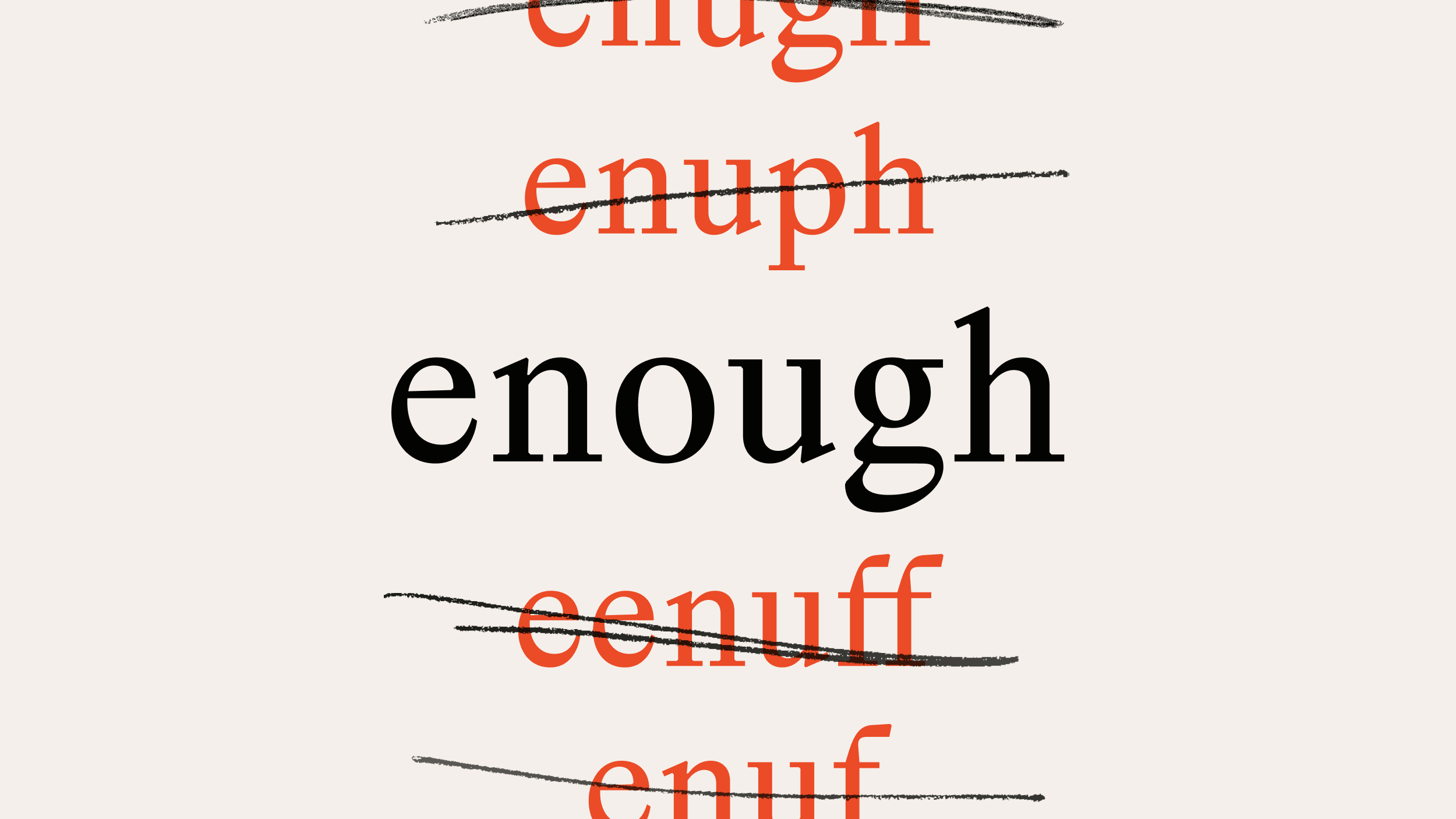Misery Really Does Love Company

Next time your partner asks you “Do I make you happy?” you might think carefully before responding.
New research published in the Journal of Economic Behavior & Organization this month finds that what matters in heterosexual relationships is not just how satisfied people are with their life, but how satisfied they are relative to their partner.
The surprising result is that relationships in which the man is happier than the woman are significantly more likely to come to an end relative to relationships in which both partners are similarly unhappy.
Happiness here is measured (on a 10 point scale) as the response to the question “How satisfied are you with your life, all thing considered?” and the “happiness gap” is the difference in happiness of two people in the relationship.
The authors use three, very large and nationally representative, data sets collected from individuals in Germany (GSOEP), Australia (HILDA) and the United Kingdom (BHPS).
After controlling for overall happiness, age of the woman, age difference in the couple, education levels, number of children, household income and whether or not the couple is married or cohabitating, a happiness gap significantly increases the probability that a couple will separate in one year in all three countries.
This effect is large and particularly important when the woman in the relationship is less happy than the man.
In fact, a couple that has a happiness gap of just one unit (for example, if the woman’s life satisfaction is 4/10 and the man’s life satisfaction is 5/10) has a risk of separation in any one year that is 0.5 higher than the baseline probability of separation of 2%.
If the gap is increasing over time, as well, then the risk of separation is also increases.
Over several years of marriage the increased risk of separation can mean big differences in break-up rates between couples with even small happiness gaps and those that are identically happy.
The most obvious explanation as to why the happiness gap matters is that no one wants to be married to a miserable person. But, as I have said recently, women are significantly more likely to instigate divorce than are men (a claim that is substantiated in this paper). So not wanting to stay with an unhappy person is likely not the explanation for why relationships are less stable when women are relatively unhappy.
Another possible explanation is that women are becoming more and more unhappy as their relationships progress while the men’s happiness is staying fairly constant – the happiness gap widens over time until the woman eventually leaves the relationship. The authors test their theory, however, just using the happiness gap in the very first year the couple is married and find that the gap at the beginning of the relationship also contributes to higher risk of separation later on.
What this evidence suggests we already know to be true – it isn’t just their own wellbeing that matters to people but also their relative wellbeing. No one wants to be unhappy, but being unhappy when others around you are happy is even worse. So much worse, in fact, that women (and men to a lesser degree) would rather end their relationships than live with a constant reminder of how relatively unhappy they are.
The takeaway message here is that while no one wants to tell their partner that they are finding their life together less-than-satisfying, exaggerating your level of happiness might have the opposite effect of the one that was indented.
References:
Cahit Guven, Claudia Senik, Holger Stichnoth (April, 2012). “You can’t be happier than your wife. Happiness gaps and divorce.” Journal of Economic Behavior & Organization Vol. 82 (1): p.p. 110-130.
Image courtesy of Shutterstock





